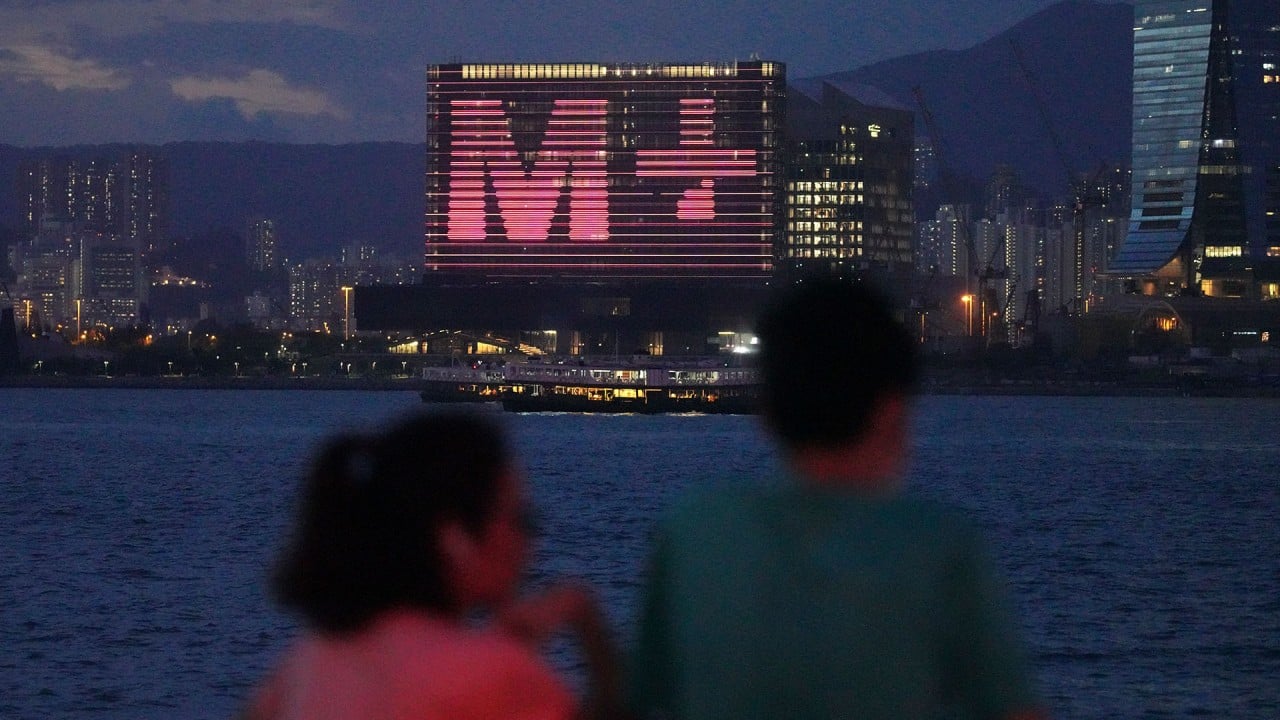
Protests and pandemic will be Carrie Lam’s legacy, but she deserves to be remembered for much more
- While the focus as Lam concludes her term will no doubt be on her toughest moments, they shouldn’t define her leadership
- Lam has been a champion of art, innovation and heritage conservation, and has taken on seemingly intractable issues like housing and waste management
It’s a curious thing about memory that we tend to remember and dwell on negative events much more readily than on positive ones. Negativity bias is a proven psychological phenomenon. That’s why we recall insults better than praise. Or pay more attention to negative events than positive ones.
It’s no wonder then that Chief Executive Carrie Lam Cheng Yuet-ngor’s soon-to-be-concluded term may be remembered more for the 2019 protests and the once-in-a-lifetime Covid-19 pandemic than anything else she has accomplished. Most people would agree that her five-year term was the most challenging of any chief executive’s since the handover.
Perhaps we can remember instead Lam’s willingness to tackle long-standing and seemingly intractable problems, sometimes with controversial decisions, such as banning e-cigarettes, municipal waste charging and increased welfare spending.

She was a driving force behind the InnoHK initiative to develop Hong Kong into a hub for innovation and technology, and global research. Twenty-eight world-class research clusters, such as the Hong Kong Center for Neurodegenerative Diseases, have established a presence at Hong Kong Science Park, in collaboration with renowned universities such as Stanford, MIT and the University of Oxford.

A hallmark of Lam’s term is the development of Hong Kong into Asia’s cultural and commercial art hub. In 2020, Hong Kong’s global art market share rose to 23.2 per cent, overtaking London as the second-largest contemporary art auction market in the world.
Lam has done much to improve the liveability of Hong Kong. Victoria Harbour, one of the world’s most extraordinary urban landscapes, has had a makeover. Residents can now walk along a connected 7.4km harbourfront promenade on the island side, enjoying enhanced public spaces such as a fence-free breakwater with 360-degree harbour views.
Lam has achieved much that she should be remembered for. It may interest the unbiased observer to know that 96 per cent of over 900 new initiatives pledged by Lam in her first four policy addresses have been completed or are progressing on schedule.
However, we may not be able to appreciate the tough decisions she made for Hong Kong until long into the future, as they were made not for short-term acclaim but for the sake of future generations. As she retires from public service, let’s take a moment to recognise her contributions to improving this city’s liveability, prosperity and well-being.
Bernard Chan is convenor of Hong Kong’s Executive Council


